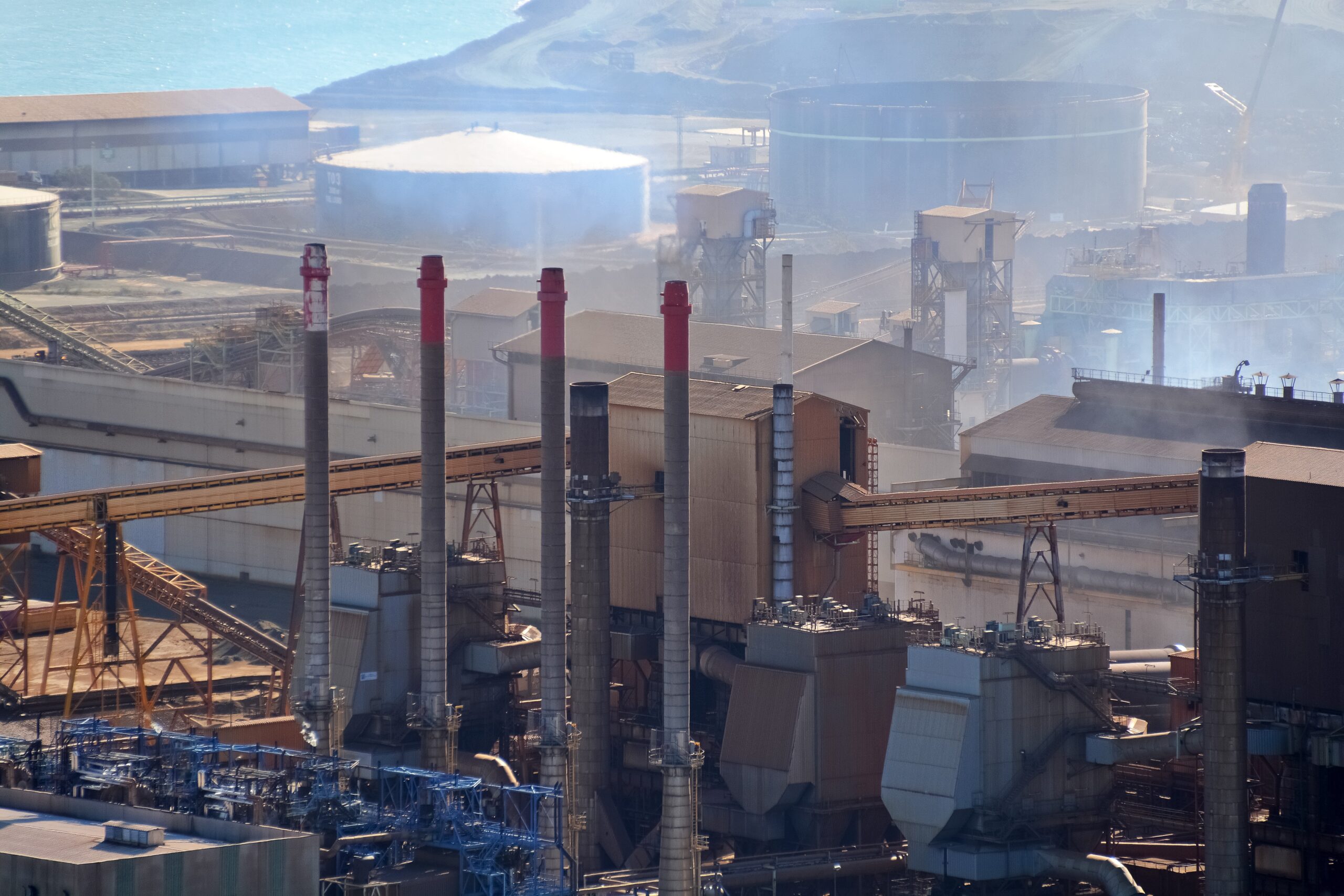The available nickel reserves in Indonesia are now estimated to last for only about 15 years. In response to this concerning situation, the Minister of Energy and Mineral Resources (ESDM), Arifin Tasrif, is urging for a more responsible and efficient utilization of this vital resource.
Indonesia boasts substantial nickel reserves, reaching an impressive 5.3 billion tons, with the potential for this figure to soar to a staggering 17 billion tons. Arifin Tasrif sheds light on this by stating, “If we consider the annual production, it’s evenly distributed between limonite and saprolite, averaging out. So, with the current rate of extraction, these 5 billion tons could potentially sustain us for 15 more years. However, if we explore and develop our nickel resources more extensively, we might extend this timeline significantly.”
While there’s optimism about discovering new nickel sources that could elongate the resource’s lifespan, Arifin Tasrif emphasizes the need for nickel usage to be closely aligned with actual demand.
He envisions a future where recycling becomes a prominent practice within the steel industry, ultimately contributing to an extended nickel resource lifespan. Nevertheless, he underscores the paramount importance of avoiding wasteful consumption practices.
In a previous report, the Ministry of Energy and Mineral Resources demonstrated its commitment to halt fresh investments in RKEF (Rotary Kiln Electric Furnace) smelters, specialized in processing high-grade nickel ore. This policy is a strategic move to strike a balance, especially considering the increasing demand for saprolite, a particular type of nickel ore, while domestic reserves of high-grade nickel ore are gradually diminishing.
Drawing on data from the Geological Agency of the Ministry of Energy and Mineral Resources for the year 2021, we can observe that nickel ore resources are estimated to reach an astonishing 17.68 billion tons, with reserves currently standing at 5.24 billion tons. Additionally, metallic resources are recorded at a substantial 177 million tons, with reserves amounting to 57 million tons.
These significant figures provided by the Geological Agency serve as indicators of the remaining lifespan of saprolite reserves, which currently stand at 15 years, and limonite nickel reserves, categorized as low-grade, which boast an extended lifespan of approximately 34 years.
It’s crucial to note that the processing of saprolite nickel using RKEF technology typically results in the production of secondary products such as nickel pig iron (NPI) and ferronickel (FeNi). These secondary products play a pivotal role in the production of stainless steel, further highlighting the importance of it as a strategic resource.
In light of these developments, Acting Director General of Minerals and Coal of the Ministry of ESDM, Muhammad Idris Froyoto Sihite, emphasized the necessity for prudent resource management.
He aptly reminded stakeholders that these reserves, while substantial, may not be infinite, underscoring the importance of sustainable and responsible resource utilization practices for the benefit of current and future generations.























